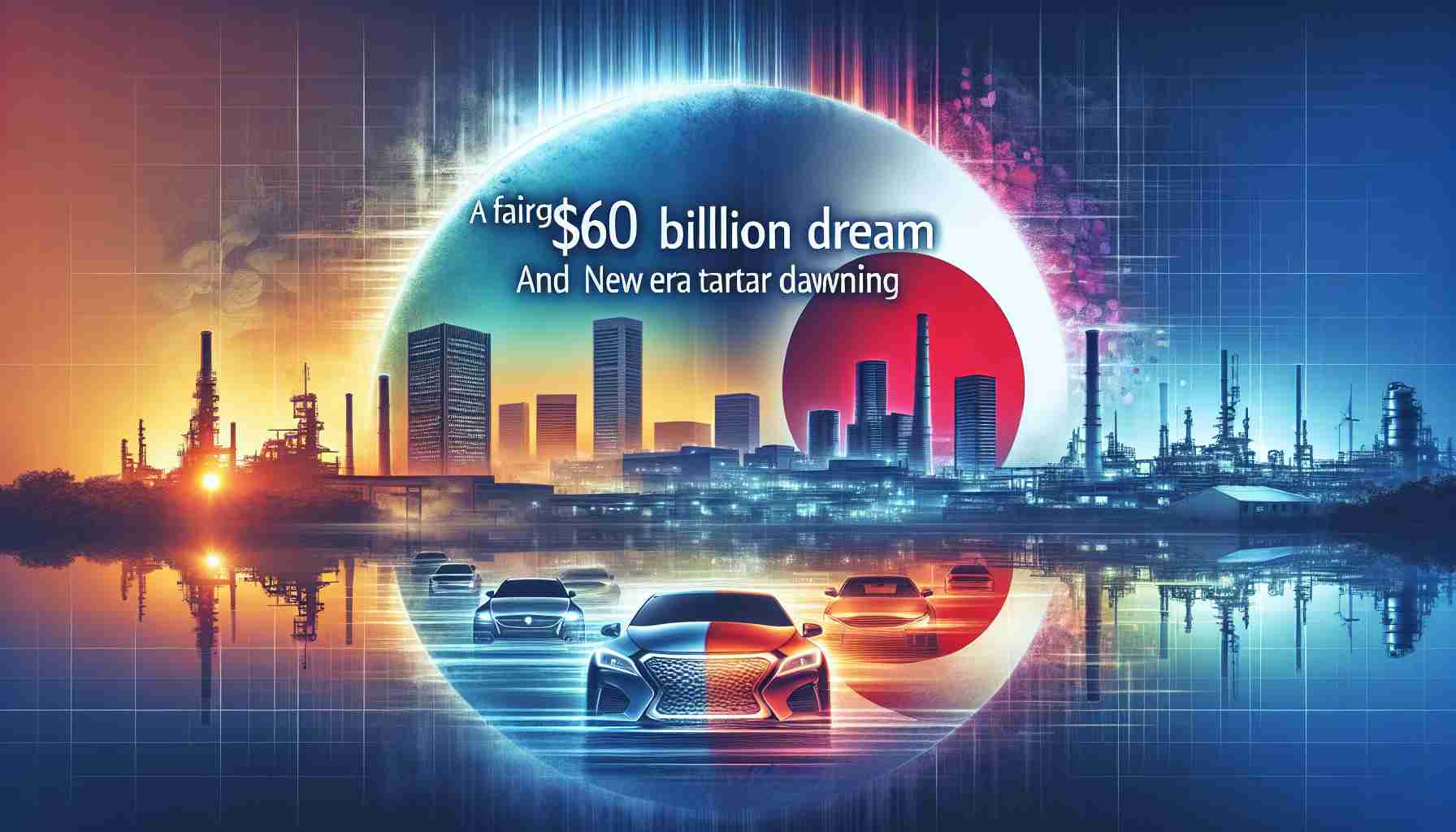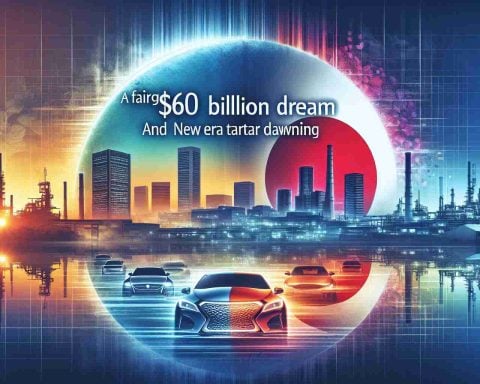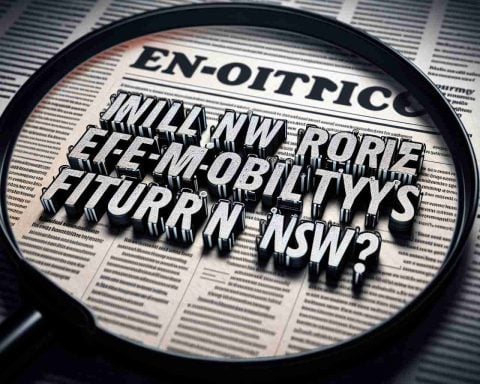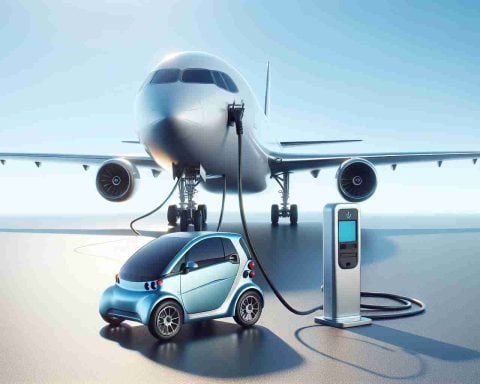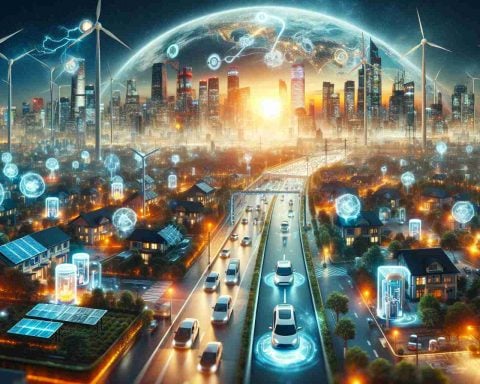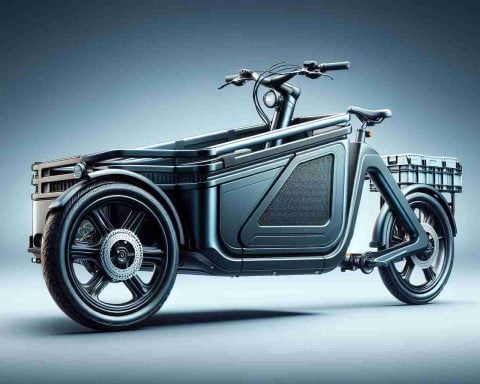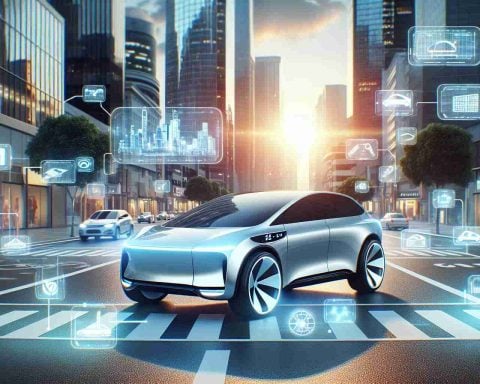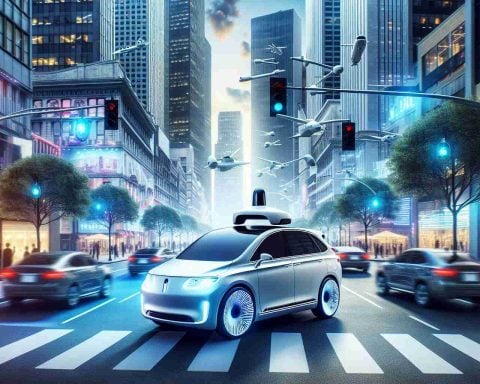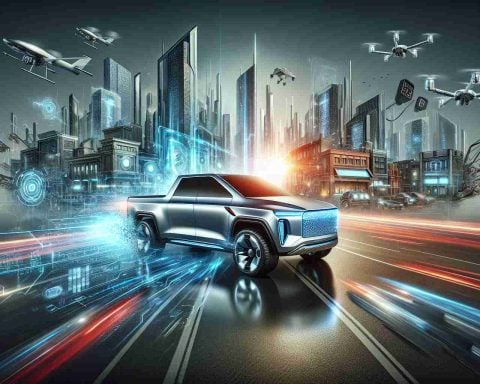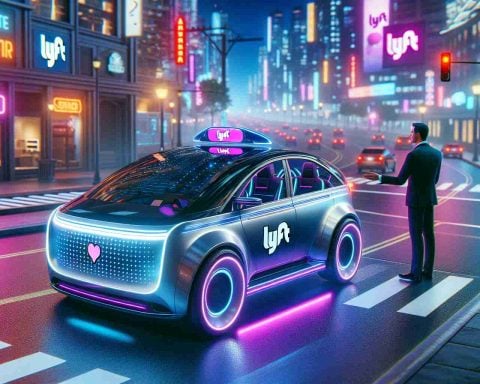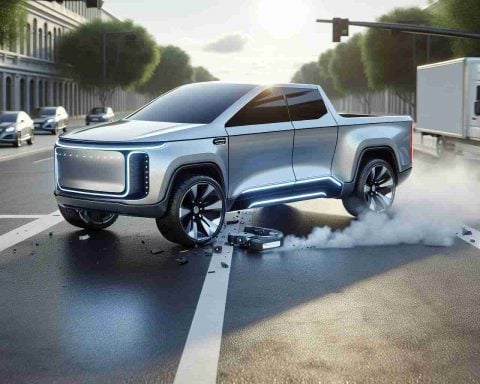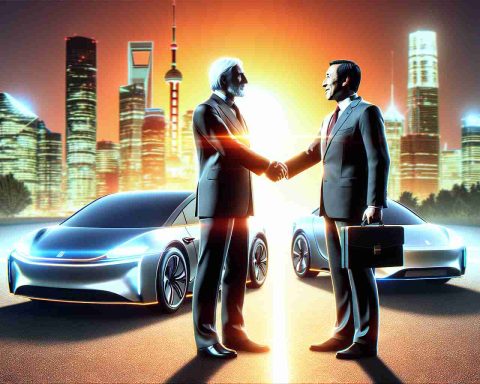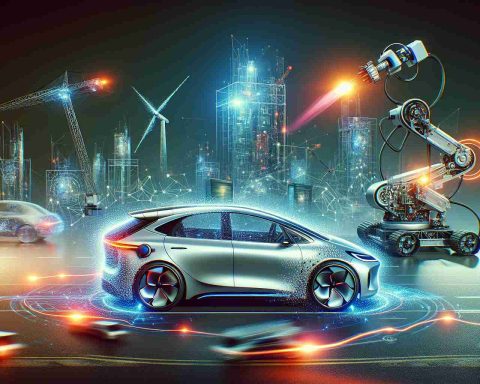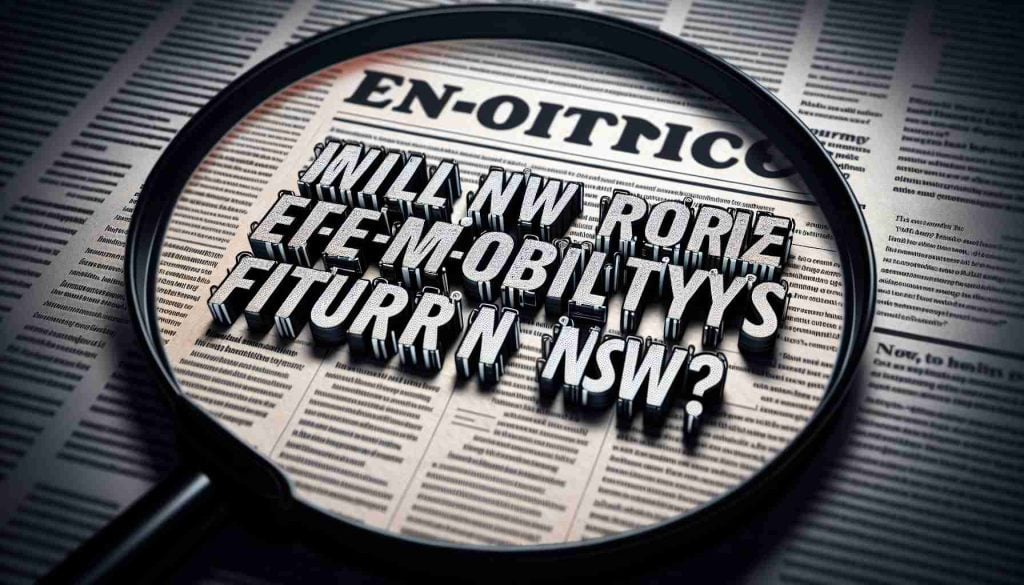- Nissan and Honda’s merger talks have ended, with both companies opting for distinct strategies in the auto industry.
- Nissan focuses on restructuring, addressing past issues, and seeking alliances, particularly with Taiwan’s Foxconn.
- Honda remains robust despite challenges, leveraging its motorcycle division and adapting to market demands.
- Both automakers aim to lead in the development of intelligent and electrified vehicles.
- The pressure of competition from Chinese electric vehicle manufacturers and U.S. tariffs necessitates swift adaptation.
- The ability to innovate and be agile in the fast-evolving automotive sector will determine future success for both companies.
The vision of creating a formidable $60 billion automotive colossus has dissolved like mist before the morning sun, as Nissan and Honda choose distinct paths in the ever-evolving landscape of the global auto industry. Their ambitious merger discussions, aimed at crowning them the fourth-largest automaker in the world, have floundered on opposing strategies. Instead of unification, the giants of Japanese motoring are pivoting towards a collaborative alliance focused on the rise of intelligent and electrified vehicles.
Picture an intricate dance, where each step between automakers must be perfectly in sync. For Nissan, the pressure mounts as it contends with its own troubled past, a shadow lingering since the dramatic fall of ex-chairman Carlos Ghosn. The company maneuvers through a maze of restructuring, slashing 20% of its production capacity and leaving behind idle factories in China. The specter of becoming a subsidiary loomed too large over Nissan, souring the proposal laid by its erstwhile partner, Honda.
Meanwhile, Honda stands resilient despite a dip in profits, buoyed by the robust performance of its motorcycle division and propelled forward by a 9% revenue surge. The rivalry from Chinese electric vehicle titans like BYD and looming U.S. tariffs further stoke the urgency for adaptation.
Amid these dramas, sparks of potential illuminate the horizon. Nissan, eyeing an ally in Taiwan’s Foxconn, ushers in tantalizing possibilities for collaboration. As the market whiplash from merger rumors settles, the true game-changer lies in their ability to navigate the shifting sands towards electrification.
For Nissan and Honda, the message is clear: adaptability in a fast-paced automotive world will dictate future triumphs. In the dance of industries, those who lead with innovation and agility will reign supreme.
Nissan and Honda’s New Moves: The Future of the Auto Industry
In the rapidly-evolving landscape of the global automotive industry, the anticipated $60 billion merger of Nissan and Honda has quietly dissolved. This article explores the implications of their decision to focus on individual strategic paths while still considering collaborative opportunities in the realm of intelligent and electrified vehicles.
Why Did the Merger Fall Apart?
The proposed merger aimed to create the fourth-largest automaker in the world, but it was ultimately shelved due to differing corporate strategies and priorities. For Nissan, the potential loss of autonomy as a subsidiary was unacceptable. Still healing from past leadership challenges, like the notorious Ghosn scandal, Nissan is streamlining its operations, including a significant 20% reduction in production capacity and the closure of factories in China. Honda, despite facing a recent dip in profits, remains on a strong footing thanks to robust growth in its motorcycle division and a 9% increase in overall revenue.
What Does This Mean for the Auto Industry?
Although the merger will not proceed, both companies recognize the necessity to pivot towards the future of automotive technology. Their decision to remain independent yet open to collaboration underscores a broader trend in the industry: adaptability and innovation are key to future success. The evolving landscape is dominated by electrification and autonomous vehicles, areas where both Nissan and Honda are keen to expand and innovate.
# Global Impact on Consumers and Markets
– Electrification Push: Both Nissan and Honda are investing heavily in electrification, recognizing the rising consumer demand for environmentally-friendly vehicles. This shift will likely lead to expanded electric vehicle (EV) offerings from both manufacturers, providing consumers with more choices and potentially reducing global carbon emissions.
– Competition with Chinese and American Manufacturers: With Chinese giants like BYD and potential U.S. tariffs to contend with, both automakers are under increased pressure to innovate. Strengthening ties with technology companies, like Nissan’s potential collaboration with Foxconn, could be a game-changer, enabling them to remain competitive.
– Market Dynamics: The automotive market is becoming more fragmented, with traditional manufacturers needing to keep pace with tech-driven companies specializing in EVs. Partnerships, rather than mergers, may become the norm as companies seek to leverage strengths in technology while maintaining operational independence.
Future Prospects: Navigating Towards Innovation
For Nissan and Honda, the dissolution of the merger talks highlights the importance of agile strategies in the automotive sphere. With an eye on strengthening their positions in the electrified vehicle market, both companies seem poised to adapt to the shifting demands of consumers and environmental regulations.
Key Questions Going Forward:
1. How Will Nissan and Honda Maintain Independence while Competing in the EV Market?
By developing alliances and focusing on innovation, both companies aim to maintain independence and avoid the pitfalls of over-reliance on any single innovation pathway.
2. Will Collaborations Like Nissan’s with Foxconn Set a Precedent in the Industry?
More cross-industry partnerships are expected as technology becomes integral to automotive development. Such collaborations could potentially lead to breakthroughs in areas like battery technology and autonomous driving systems.
3. What Role Will Government Policy Play?
Incentives and regulations will significantly impact how quickly manufacturers can adapt to new technologies and expand their EV offerings.
As the dust settles on the merger talks, the drive towards electrification and innovation remains paramount. Both Nissan and Honda are positioned to lead the charge, reminding us that in the dance of industries, those who innovate will ultimately reign supreme.
For more insights into the automotive industry transformation, visit
Forbes and
Bloomberg.
